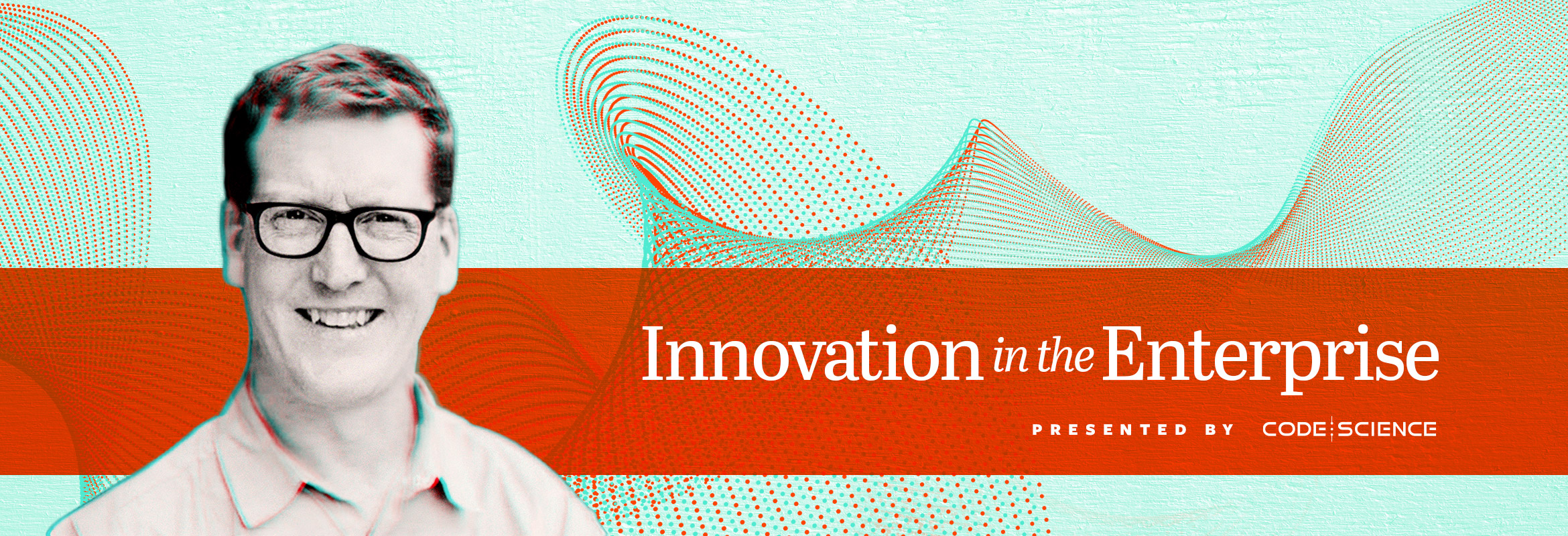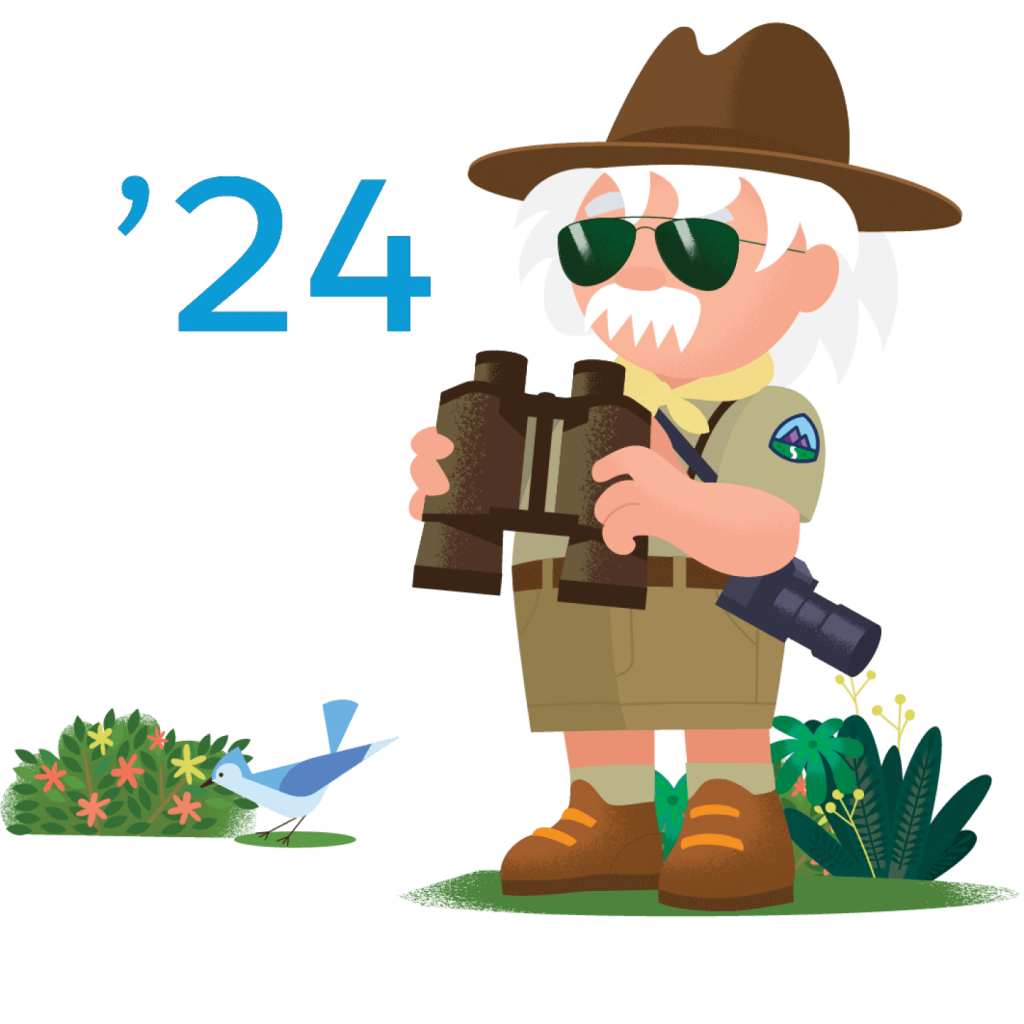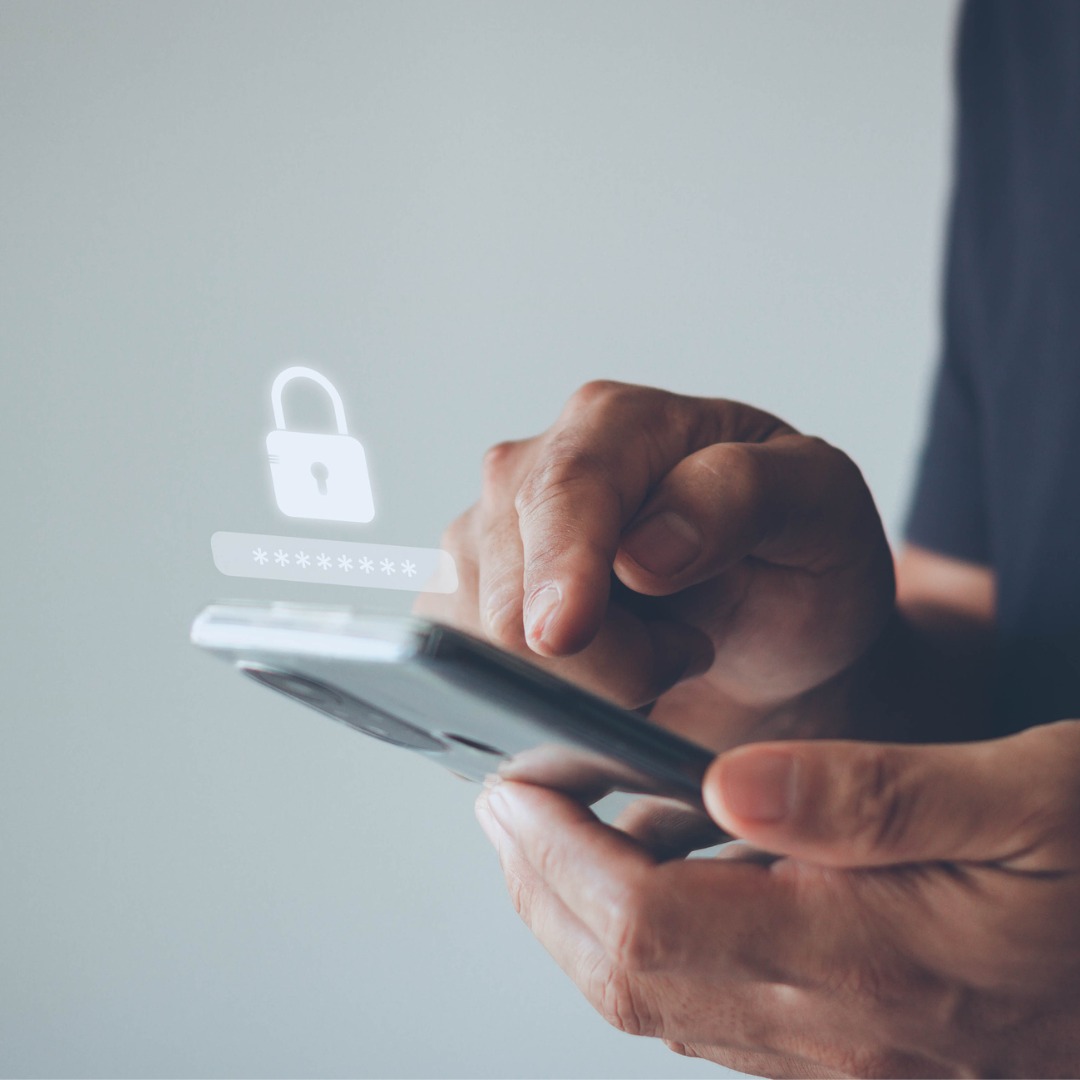
Last week we launched a brand new podcast series titled “Innovation in the Enterprise,” hosted by CodeScience CEO, Brian Walsh. In each monthly episode, Brian speaks with visionary business leaders about what it takes to drive change and transformation within the enterprise.
Here are our top five takeaways from Episode 2, “The Zen of Innovation,” with our guest, Sue Boehlke, Managing Director at Tab Ventures. Sue has an impressive track record of transformational results and innovative value creation in established corporate environments across the automotive, transportation, and general industrial arenas. She sat down to talk with Brian about what she’s learned about driving change within the enterprise.
1. The early days of internet innovation
Sue reflects on one of the ways she knew early on that the internet would transform the way we do business:
As the divisional CIO [of AXA / Equitable], I really pushed, “Let’s get on the internet, let’s find a way to connect.” And, it was early days, it was ’96, ’97, so pretty early days for a B2B company. But of course, as I said to one person, “You have a kid in college. They email you.” I said, “And what did they do in the email?” They said, “Ask for money.” So, it’s inevitable. People will be doing financial business over the internet. It’s not if, it’s when, and how can we secure it.
2. Listening to the customer
Sue discusses the importance of listening to the customer early on to validate and commercialize new ideas:
It’s a term you hear a lot in the enterprise: Socialize it, get people to hear it and understand it, but you really are more selling and listening. So to me, the key thing to get a concept, to make a change, like we talked about, and also to make sure you got it right, that you can actually commercialize it with your customer is a lot more about listening than selling and that 80% of people that I talked about — if you give them a chance to tell you what’s wrong with it, what scares them, all the things they think you don’t know, by letting them ask you about it, you can actually either give them the opportunity to educate you or inform you.
3. Built-in innovation vs. catastrophic innovation
Brian takes a look at what differentiates companies with built-in innovation from those who only innovate when crisis strikes:
There are certain organizations where it is built in that innovation needs to be there in order to thrive; it’s what they do day-to-day. And there are others where it feels as if, if they’ve missed a quarter, or if a pandemic hits, something catastrophic when we’re in crisis, the first thing we look back at and say is, “We have to find innovation again.” What is that underlying condition between those two states, as we look at constantly launching new things, connecting with customers in different ways?
4. The zen of innovation
Sue reflects on the delicate balance between having a sense of urgency and the need for patience as you build a business:
There’s something right now happening for every business that potentially is cataclysmic, maybe not tomorrow, maybe not next year, but in the next five years that’s going to really change the game. So how we bring that sense of urgency in, I think to innovate, you have to have a sense of urgency, but you have to balance it with patience. So that’s, to me the Zen of innovation that I strive for, I can’t say I’ve ever perfectly reached, but how do you have the urgency, the, “I’m in the market, I’m testing concepts, I’m listening and responding, and I’m iterating,” and how do you balance it with the patience to say, “There is timing. It takes time to get it right. It takes time to build the business. It takes time to get traction, certainly takes time to get a return on your investment.”
5. The magic word: Culture
Brian hones in on a key differentiator between ingrained innovation and crisis-driven innovation:
Is that a key characteristic then of organizations for which innovation is just ingrained into their culture? Meaning, when innovation’s driven by, “the platform’s burning, our boat is sinking,” driven by a pandemic, driven by missed quarters, that that can lead to unhealthy urgency versus when it is in everyday of, “yes, we should connect with our customers” and “yes, we should solve new problems,” that that becomes more of a healthier environment, more sustaining for innovation. Which again comes back to that magical word: Culture.
Check out the podcast to listen to the full episode and view the transcript!
Companies build their Salesforce businesses better with CodeScience. It is our mission that no ISV navigates Salesforce alone. If you’re looking for guidance on your product, help supporting your customers, or just need to ask an expert, get in touch today!


